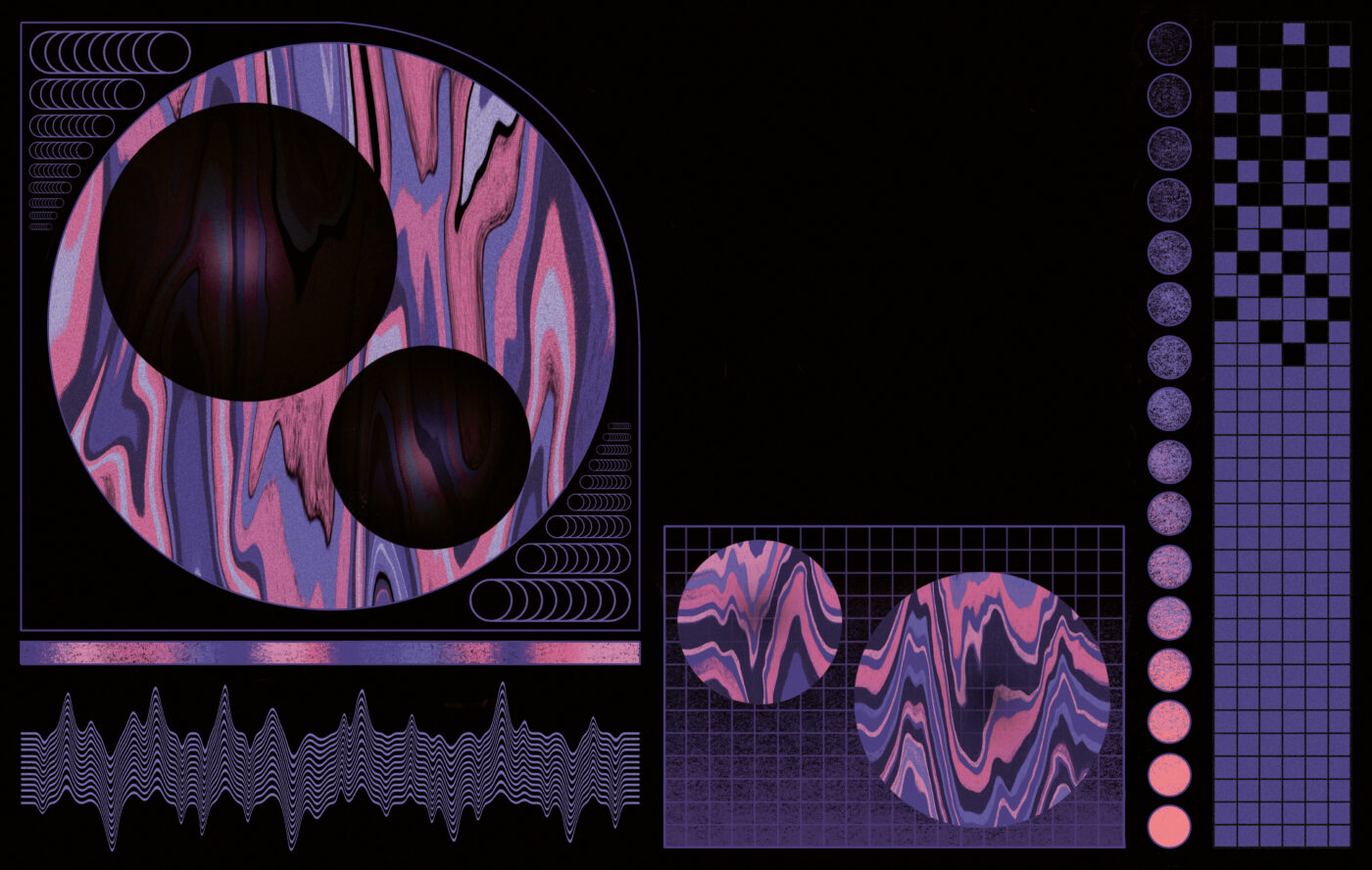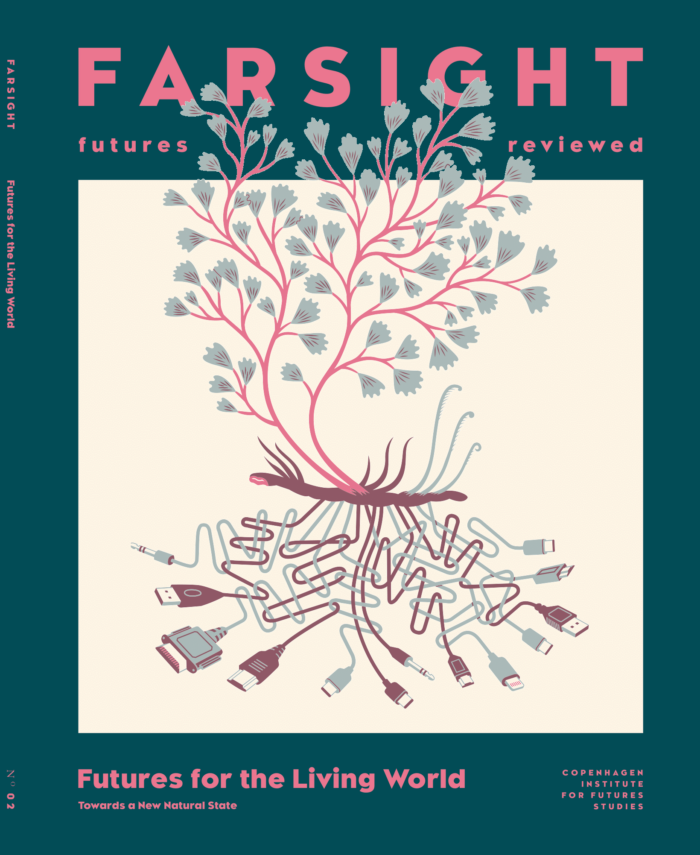
In turn, we use cookies to measure and obtain statistical data about the navigation of the users. You can configure and accept the use of the cookies, and modify your consent options, at any time.

Before our very eyes, life is changing irreversibly on our planet. According to our best scientific estimates, only 4% of the Earth’s collective mammalian biomass now belongs to species living in the wild. The remaining 96% either belongs to humans or our livestock. Countless species have disappeared in the last decades, and we know that more will follow.
This so-called Sixth Mass Extinction is the result of three centuries of industrialisation, and its consequences, which include enormous human population expansion, farming, forestry, industrialisation, pollution, and the human-induced global climate change, that will define our common planetary destiny for centuries to come. Together, these developments have caused a massive loss of biodiversity on a scale only paralleled in times long before humans inhabited the Earth. The most recent point of comparison, the Cretaceous-tertiary Extinction Event, occurred 66 million years ago when a massive asteroid impact led to three-quarters of the planet’s plant and animal species being wiped out.
With current rates of extinction, it is possible that we will reach a similar outcome within a matter of centuries. It is worth noting that what is at stake here is not just the possible disappearance of few iconic species such as the giant panda or the African elephant. Rather, we are facing the destruction of entire ecosystems, including everything from birds and insects to plants and fungi. While it may not be too late to rescue some of these ecosystems from annihilation, we are now at a point in time where the overall process of mass extinction cannot be undone.
The consequences of this mass extinction extend well beyond the ecosystems under immediate threat. Although we are still in the process of understanding the exact long term impacts on human societies, effects are already being felt globally today. Take for instance the ongoing Covid-19 pandemic. While this global virus outbreak might be analysed as a unique and unforeseen event, the fact that a pandemic arises in a situation where 96% of planet’s mammalian biomass belongs to humans and their livestock is not a coincidence.
In the wild, millions of parasitic strains of virus and other kinds of disease exist that have the potential to make the jump to mammals in one way or another. In earlier times, this would have been much less of a problem for humanity. But with the massive expansion of human-related biomass – and our corresponding spreading to virtually every corner of the world – we are now much more vulnerable to epidemic disturbances. It is likely that we will experience another pandemic sometime in the coming decades. And unfortunately, there is no other obvious way to diminish this risk other than the long and painful path of returning the composition of planetary wild and domesticated biomass to a more balanced ratio.
As such, bio-conservation and rewilding are not just a matter of restoring nature for its own sake, important as that may be. Such efforts are a means of self preservation as well. For a critically minded futurist, these entanglements pose a challenge on their own. It is, for instance, a widely held conception that much of humanity’s future will be urban, and that a growing number of people will reside in the megacities of the world. This notion plays an important part in some visions for a sustainable (and rewilded) future in that the trend of urbanisation may be used to create a planet where more of the Earth’s surface is ‘given back’ to wildlife and their ecosystems, with humanity mostly limited to densely populated cities. But if a new pandemic is to be considered the likely or even expected possibility in our near future, increasing urbanisation will only serve to exacerbate that risk.
In addition, even if such visions for a planetary rewilding were able become reality, this alone would not undo or reverse the process of mass extinction. The issue of carbon emissions and global warming also plays a major role in its perpetuation. One of the important side effects of increased CO2 in the atmosphere is the ongoing decrease in the pH value of the Earth’s oceans. Among the harmful effects of continued acidification are the negative impact this has on the metabolic rate and immune responses of various marine organisms. It is also the main cause of the devasting process of mass coral bleaching which is threatening the survival of our most prolific marine ecosystems, such as the Great Barrier Reef which stretches more than 2,000 kilometres in parallel with the North-Eastern shores of Australia. Currently, as many as 1 billion people across the planet depend on coral reefs for things like coastal protection, income, and food.
This serves to illustrate how the threat that mass extinction poses to our ecosystems is a threat to us as well. Take the issue of food security. The exact magnitude of the impact of ocean acidification, coral die-off, and other developments affecting global food production is still a matter of scientific investigation, but the most pessimistic estimates predicts that our global food productivity may decrease by up to a third during the remainder of this century. So, despite the old saying, there really are not plenty of fish in the sea.
Traditionally, scientists speak about two major unexplored food resources when addressing this issue: insects and microalgae. Insects (which are already dietary staples in many parts of Africa and Asia) have gained worldwide attention since they are nutritious with high protein content, and the environmental cost of rearing them would be far lower than that of traditional farming animals. It should be noted that insects are also themselves in the middle of a mass extinction, which, among other things, may severely affect our terrestrial ecosystems where they play a key role in pollinating plants and as food for larger animals. This is an obvious disaster on many levels. In terms of food production however, we will probably only need a few model species, where it is possible scale up the production. In technical terms, this seems doable, but it demands that future generations will be able to change their diet dramatically. The same goes for microalgae, which are already being used in various kinds of industrial food production and possess compounds with stimulant properties that may be used both to enhance agricultural yields, and in the process also benefit sustainable agriculture.
So far so good. The real problem, however, is not the scientific or engineering challenge of securing food production for coming generations. The real problem is the threat that widescale natural degradation poses to global stability. Apart from extreme weather phenomena (expected to be most severe in regions like India and Eastern and Southern Africa), possible corollaries of the current course of development include reduced child health and geopolitical instability in the form of more political violence and the risk of a massive increase in the number of climate refugees. Complexity theorist Thomas Homer-Dixon and colleagues have described the prospects of such an interconnected societal crash as a possible case of synchronous failure. The idea behind this notion is that modern civilisation has been built on the ever-increasing connectivity of our biological, technical, and social subsystems into the creation of one single tightly coupled human socialecological system on a planetary scale. The unfortunate side-effect of this tight coupling is that a breakdown in one subsystem may easily spread to other subsystems, causing a crisis for the system as a whole. And this, it would seem, is a generic feature of our time.
Perhaps, it is the most important lesson which can be found in this very recognition. It is not enough to speak of progress or sustainability when we are in the middle of a gigantic crash. What we need are methods and approaches that allow us to regenerate or recreate that which has been lost in the fire. It cannot be denied that this leaves us with a daunting challenge. If we accept the basic idea in the notion Synchronous Failure – that our various subsystems are tightly connected and all falling apart at the same time – then we cannot repair the damages in one subsystem without paying close attention to how this restoration will affect other subsystems.
Two consequences may be drawn from this. The first is that solving these problems will require an unprecedented level of international collaboration at a time of crisis with strong temptations to fall back into modes of isolation and narrow self-interest. The second is that we must abandon the idea that any attempt at foresight or intervention may be done in epistemic isolation. It is impossible to do a reliable study of future economy or demography without taking into account the massive destruction of the planet’s ecosystems. And – likewise – it is impossible to do a reliable study of future biodiversity without taking into account the impact of human activity on natural ecosystems.
We often claim that the only possible epistemic approach to our grand wicked societal problems is by way interdisciplinary inquiry. We are now at a junction where it is vital that we take this contention seriously.

This is an article from “Futures for the Living World” (2022)
Get your copy here